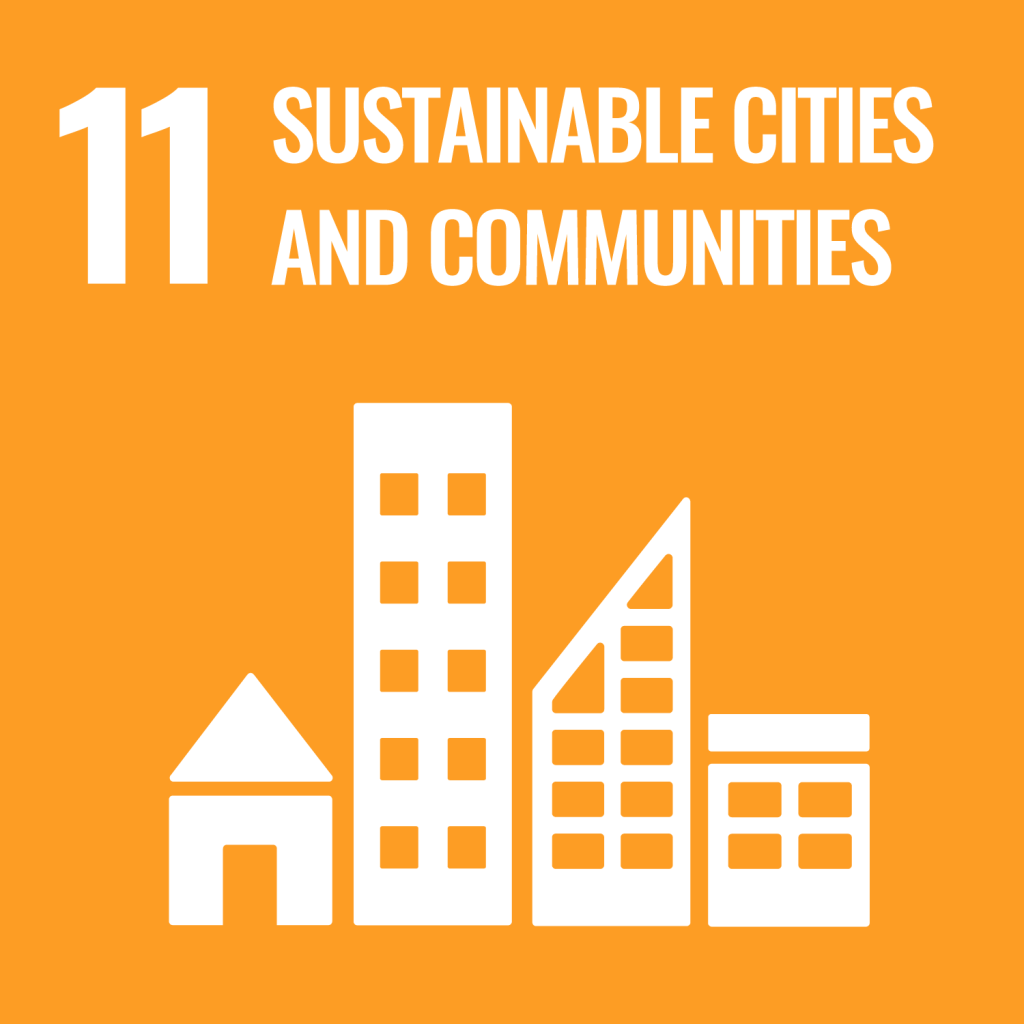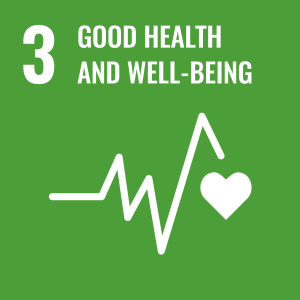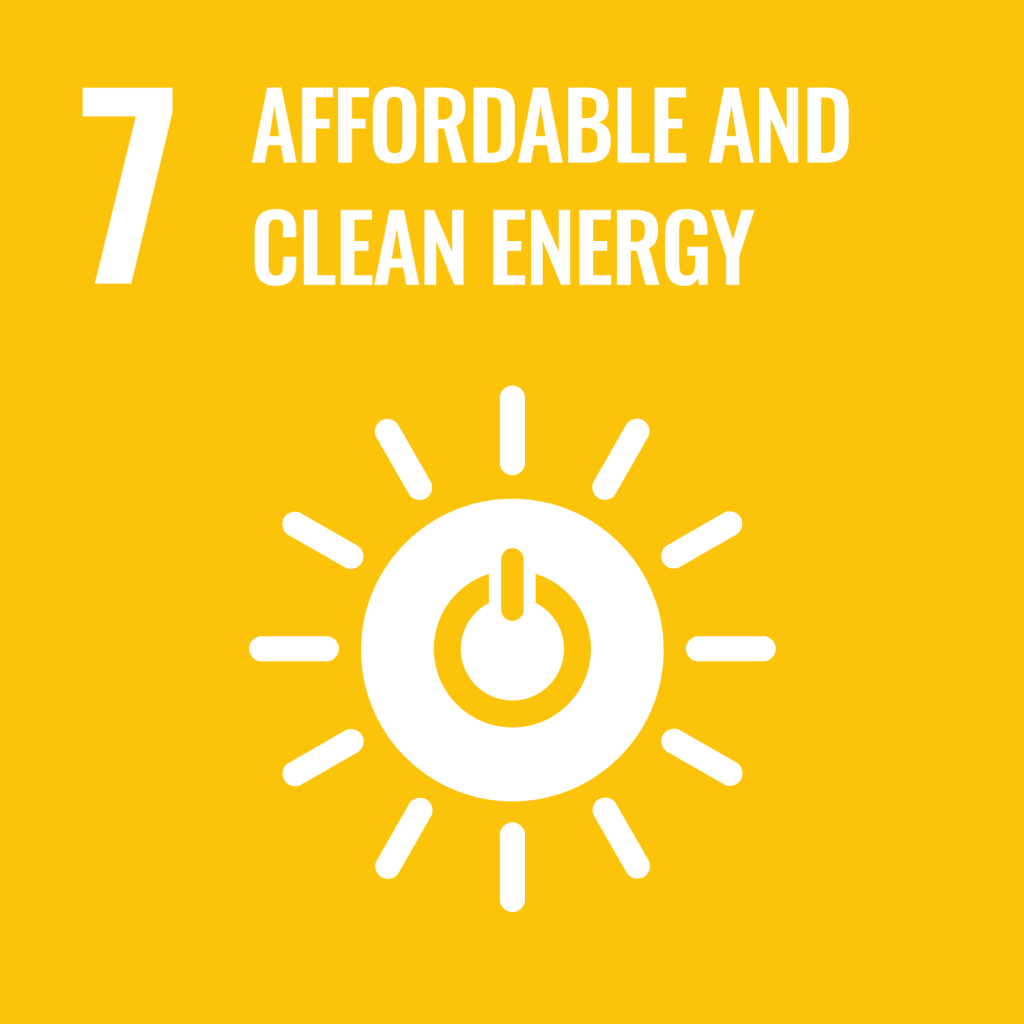About 3DTraffic Bangkok Project
Transportation, while being a large part of people’s daily activities, also contributes to quite a large share of greenhouse gas (GHG) emissions globally. Around 19.5% of Thailand’s national GHG emissions come from the transportation sector (2016 data from United Nations Framework Convention on Climate Change, Third Biennial Update Report (BUR3)). To manage the effect, the Government of Thailand has a target to reduce GHG by 30-40% in 2030.
One of the major causes of GHG emissions from the road transportation sector is stop-and-go traffic, which can be tracked back from various road conditions, including traffic congestion and intersection traffic control. Attempts to alleviate the phenomena shall consider the dynamic characteristics of traffic congestion, whether it is through traffic control or traffic demand management. We believe better transport management will lead to an improved effort of climate change mitigation.
The Project for Data Driven Dynamic Transport Management in Emerging Metropolis for Climate Change Mitigation, or 3DTraffic for short, is a collaborative research project between research institutions in Japan and Thailand. This project is a part of SATREPS program. The research will take Bangkok Metropolitan Area, an area in Thailand that is heavily dependent on road transportation, as the study area.

3DTraffic is an abbreviation of Data-Driven Dynamic Transportation/Traffic Management. “Three Dees“ also means three good things in the Thai language, which represents faster, green, and safe (รวดเร็ว ปลอดภัย ใส่ใจสิ่งแวดล้อม) traffic management we aim to improve in Bangkok.
The meaning of our logo:
Project Period :
April 2025 – March 2030
Study Purposes :
About SATREPS
SATREPS (Science and Technology Research Partnership for Sustainable Development) is a Japanese government program that promotes international joint research aimed at solving global issues.

#11
Sustainable Cities and Communities

#3
Good Health and Well-being






















